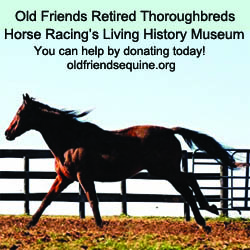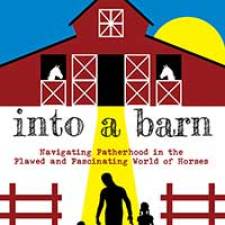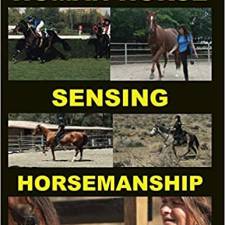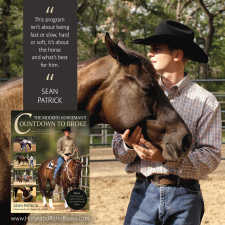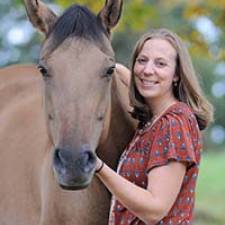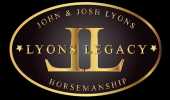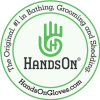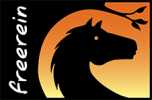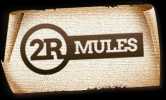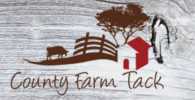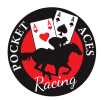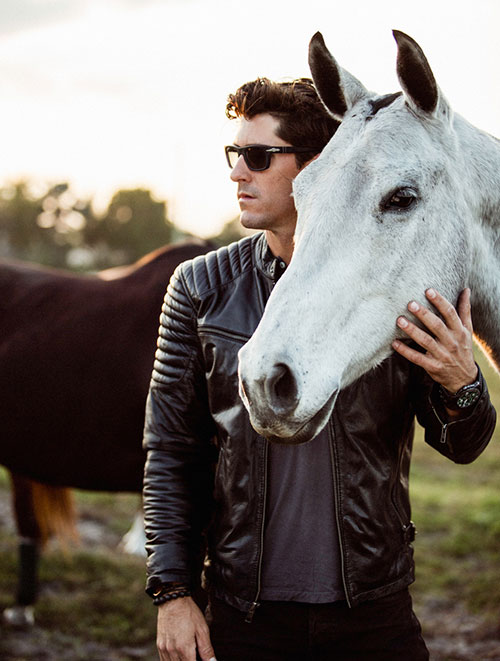
Fuelled by talent, charisma and passion Nic Roldan is currently the leading American polo player with an impressive 8-goal handicap rating. He is also the youngest polo player in the world to win the prestigious U.S. Open Polo title at the young age of 15 and is currently Captain of the U.S. Polo Team.
Winning in tournaments on all 5 continents at every goal level, Nic continues to gain worldwide acclaim. He intends to increase awareness and participation for the sport at all levels, attain the highest accolade 10-goal status, play the Argentine Open, claim a second U.S. Open Polo title, add more worldwide Polo trophies to his cabinet and help America reclaim the illustrious Westchester Cup.
Nic is the captain of the U.S. Polo Team which has benefitted by his leadership and skills with success in International tournaments. The team continues an increasing participation in Beach Polo, Snow Polo and Charity events. His philanthropic involvement as team captain in charity tournaments is widely recognized, as is his distinct modelling career.
He is committed to popularize the sport he loves as an ambassador to a wider audience of younger players and new spectators which reflects his passionate dedication to Polo.
EIE: Nic, you are an international polo star from the result of your hard work. Tell our readers about how you got started in polo?
NR: I’m a fourth generation polo player and was born in Buenos Aires. My father was a professional polo player, I was riding by 3 and playing at 5 as is normal in polo families and having been bought up on a polo farm in Wellington, Florida.
EIE: What separates you from other players and elevates you to the top of your game? It is your work ethic, your skills, your ponies or something else?
NR: I think a little bit of everything, like any top athlete everyone has a good work ethic, I’m focused, have a good work ethic and a deep hunger to win which has always helped me. I believe in myself. Of course ponies count for 80% of the game when it comes to polo and all the top players are extremely well mounted. Other than that practice, practice, practice and hard work, I think people underestimate that at times.
EIE: Tell us about your ponies! Here we see a wonderful page which pays tribute to some of your amazing ponies. Can you let us know some of the ways you find your horses?
NR: Argentina has the monopoly on all things polo. There, players breed copious numbers of ponies and nowadays frequently using embryo transfer. Obviously they have the pampas and space is not an issue so the number of horses people own is not constrained, which means they can try lots of breeding combinations very quickly which by regular breeding would take over a decade to achieve.
I have many Argentine bred horses which I have bought from other players. I’ve had an Australian TB mare and one from New Zealand. Now days I mainly buy horses in the US and I’m a big fan of the American Thoroughbred and of OTTB’s (Off Track Thoroughbreds). In particular, I buy many horses from fellow polo player and good friend Kris Kampsen. However, at the end of the day, I’ll buy a good horse from anywhere! Remember, for each game I may play 13 horses and a player is always looking to maintain and improve their string. I have more than one string in order to be mounted all year round and for the different polo seasons. It’s very hard to stay ahead of the game with horses in polo and find that elusive top mare!
EIE: It appears that cloning is successfully used in the polo community. What are your thoughts about it?
NR: I’m pretty indifferent on the matter as it does not really affect me in anyway. Adolofo Cambiaso who is the top polo player in the world has had great success and in last year’s Argentine Open (the highest level polo tournament in the world). He played 6 clones of his best mare Cuartaterra which was amazing. However, aside from Cambiaso’s success, it has not really been proven yet, not widely utilized and of course it is very expensive to clone a horse.
EIE: Many of your horses are off track thoroughbreds (OTTBs). This is a great way to give former racehorses a second career. How did you first consider using an OTTB as a polo pony?
NR: I’m a polo player and don’t profess to be a maker of polo ponies nor breeder. I do buy young horses within the 4-5 year old range and really enjoy putting the final touches on them for high-goal (the highest level of polo). I tend to buy horses that are already playing. I don't play a level of polo that is conducive to bringing on young and inexperienced ponies. As mentioned, I am always on the lookout for horses to maintain and improve my string allowing me to be exceptionally well mounted all year round in all the different locations and seasons.






